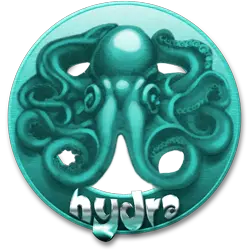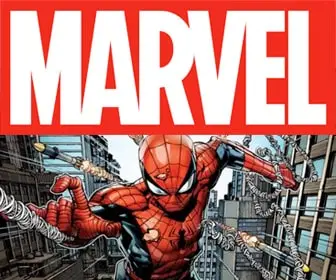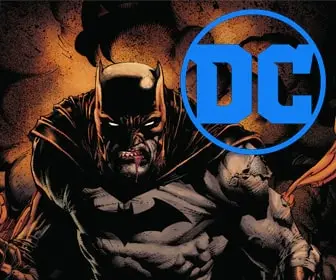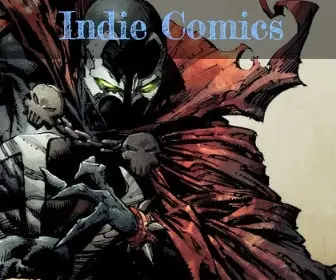
Epic Illustrated: A Comics Revolution
Introduction: Comics Grow Up
Comic books aren’t just for youngsters anymore! Back in the late 1900s, a whole new kind of comic book emerged. These were graphic novels – longer, more in-depth stories told in comic format. Epic Illustrated, a trailblazing magazine launched by Marvel Comics in 1980, was a key player in this exciting time. Epic Illustrated wasn’t afraid to break the mold. It featured grown-up stories with amazing artwork, aimed at readers who were older. This article explores the fascinating history of Epic Illustrated, how it changed comic books, and the mark it left on the world of comics.
The Birth of Epic Illustrated: A Vision Takes Flight
The man with the big idea for Epic Illustrated was Archie Goodwin, a veteran editor at Marvel Comics. Goodwin wanted a comic book magazine that was different. He dreamed of a place for grown-up stories, ones that tackled tough subjects. Unlike the usual superhero comics Marvel published, Epic Illustrated would be for older readers. Goodwin thought comics could tell serious stories, not just fun adventures.
Content and Creators: A Universe of Stories
Epic Illustrated wasn’t afraid to explore a wide range of genres. Readers could dive into thrilling science fiction adventures, get lost in magical fantasy worlds, or be transported to historical periods. From sword-and-sandal epics to gritty crime stories, there was something for everyone.
The magazine became a haven for talented creators. Renowned artists like Bernie Wrighton and established comics writers like James Vance brought their skills to Epic Illustrated. Up-and-coming talents also found a platform here, with artists like Don McGregor showcasing their work. Epic Illustrated wasn’t just a place to read great stories; it was a launchpad for new voices and a showcase for artistic brilliance.
Epic Illustrated wasn’t just a magazine filled with fantastic stories; it was a breeding ground for comic book talent. Established artists like Bernie Wrighton, known for his dark and intricate illustrations, brought their mastery to the magazine. Up-and-coming creators also found a home here. Writers like James Vance, already respected in the industry, honed their craft further, while artists like Don McGregor used Epic Illustrated as a platform to launch their careers. The magazine became a two-way street: it offered readers a fresh and diverse experience, while simultaneously nurturing a generation of creators who would leave their own lasting mark on the comic book world.
Impact and Legacy: A Lasting Mark
Epic Illustrated’s run may have been short-lived, but its impact was undeniable. It helped pave the way for a more mature approach to storytelling in comics. Publishers began to see the potential for comics to tackle complex themes and cater to adult readers. The magazine also played a crucial role in launching the careers of several talented creators who would go on to shape the future of the industry. Even though it’s no longer on store shelves, Epic Illustrated remains a cherished memory for many comic book fans and a testament to the power of pushing boundaries in this ever-evolving medium.
Conclusion: A Legacy Remembered
Epic Illustrated may be a story of the past, but its influence is still felt today. It dared to be different, offering grown-up stories and stunning visuals that redefined what comic books could be. Though its time on the shelves was brief, it left a lasting mark on the industry, paving the way for more mature themes and complex narratives. Today, collectors treasure back issues, and its impact on creators continues to resonate. Epic Illustrated serves as a reminder of the power of comics as a storytelling medium, one that can captivate readers of all ages with its unique blend of words and pictures.














